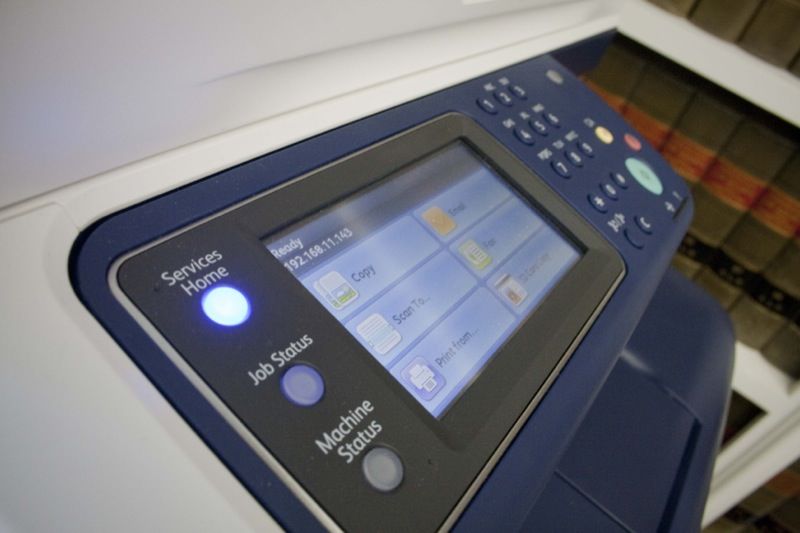The time-worn observation that you cannot and should not try to be all things to all people still holds true, but the good news is that as a channel partner, you don’t have to be the one producing a service to be able to enjoy the revenue that comes from selling it.
The Fallacy of Vertical Marketing
It is widely assumed that technology companies go through a rigorous process when selecting vertical markets to pursue. Expensive market studies, followed by internal capability studies, followed by significant solution development, followed by many more steps that are costly both in time and money.
The reality for most technology companies is that their verticals found them. This should sound familiar to you. You add a new customer to your portfolio and find they have a very specific problem they need you to solve. You invest time and effort to develop a good solution or identify one offered by another qualified channel partner, propose it, and they buy it. After implementation, they love it.
Being an intelligent marketer, you find other similar customers who might need a similar solution. Before long you find you have several, if not several dozens, clients in the same industry. That industry, that vertical, just found you. Your investment in developing that vertical was made when you developed the solution for the first client. By now, it has paid you back several times over. Opportunities to sell document technology solutions exist within every vertical, but there are better and more precise, ways to seek them out.
The Importance of Precision Marketing
Quocirca reports in their Managed Print Services Landscape Survey for 2017 that overall, two-thirds of organizations surveyed expected their MPS budgets to increase in 2018. Breaking this out by industrial sector, 81 % of Professional Services companies surveyed anticipate that these budgets will rise anywhere from “somewhat” to “significantly.” 71% of Industrial companies anticipate similar increases. Retail follows along with Finance companies, both with 60% seeing a similar rise. Only the public sector sees such increases as a 50%/50% proposition.
However, just as too many salespeople think their target customer is “anyone with money”, the best way to target customers for managed print services and document technologies is to start by identifying the industries where document management continues to grow, and tailoring solutions to meet their unique needs.
Where to Seek Success
There are significant economies of scale to be enjoyed by developing and re-selling re-usable engagement models repeatedly. You develop the solution once and then enjoy revenue from multiple sales, each of which requires only moderate customization of the original project plan. There are several core characteristics to look for when seeking opportunities in the document technology segment:
- Supply Chain: While more and more automation is being implemented into supply chain operations, many of the process touch-points still require documents to accompany products, or to obtain proof-of-delivery and other authorizations. Labels and other marking products are also required for successful supply chain operations. Verticals with supply chain requirements include manufacturing, distribution, wholesalers, retailers, shippers, warehouses, and other transport providers.
- Workflow: The interfaces between people involved in a workflow and the automated systems they use still require many documents to be generated and processed. A 2016 study from Coleman Parkes showed that the majority of SMBs are still running on paper-intensive processes, with only 1% reporting otherwise. A whopping 46% of respondents reported that they waste time daily because of these processes, with billing/invoicing, business/financial reporting and HR forms named as the most common.
- Sales & Marketing: This sounds broad and it is – very fortunately so. Salespeople still use printed collateral such as brochures, briefs, specifications, and others very effectively. Sales organizations also have a need for labeling, including price labels, product descriptions, warehouse locators, barcodes, and more. As long as most companies depend upon sales, most companies will still need print solutions.
- Transaction Processing: Most customers, business and consumer, still require an invoice, sales slip, or other receipts – printed or electronic – when making purchases.
- Professional Services: Another broad category, professional services include healthcare, legal, financial services, accountancy, architecture, insurance, consulting, technology, and much more. Documents are still central to at least 40% of business processes, regardless of the size of the organization, but that statistic is rapidly changing as companies realize that making the switch to a digital workplace is increasingly becoming standard – and necessary practice. The same information still needs to be shared and stored, but as customers make the transition from paper to digital, opportunities abound for channel partners to guide them in the process.
Most important to remember when opening your business to new document opportunities is to go beyond the services you produce yourself. Explore your fellow channel partners, contact them, vet them thoroughly so you know whose products you feel comfortable selling to your customers. By engaging proactively with these partners, you dramatically broaden the selection of vertical industries that may find you and become a vibrant part of your business.
